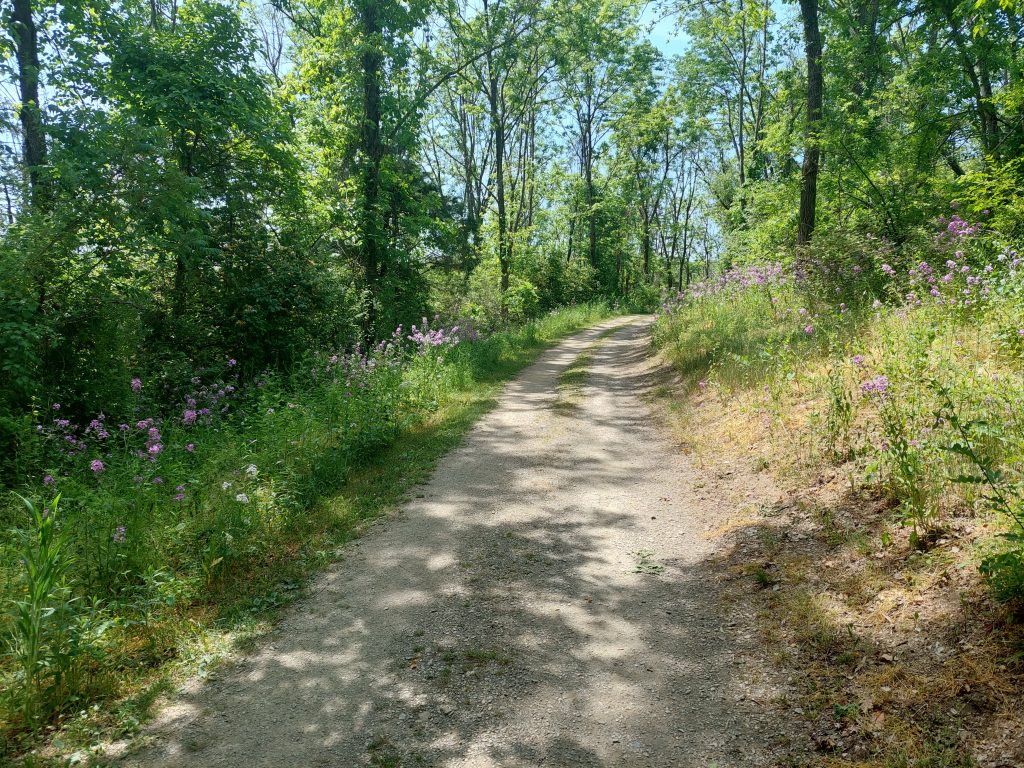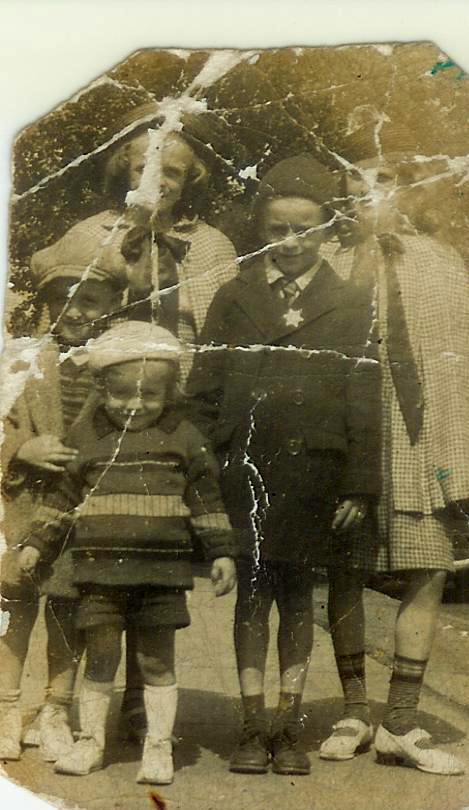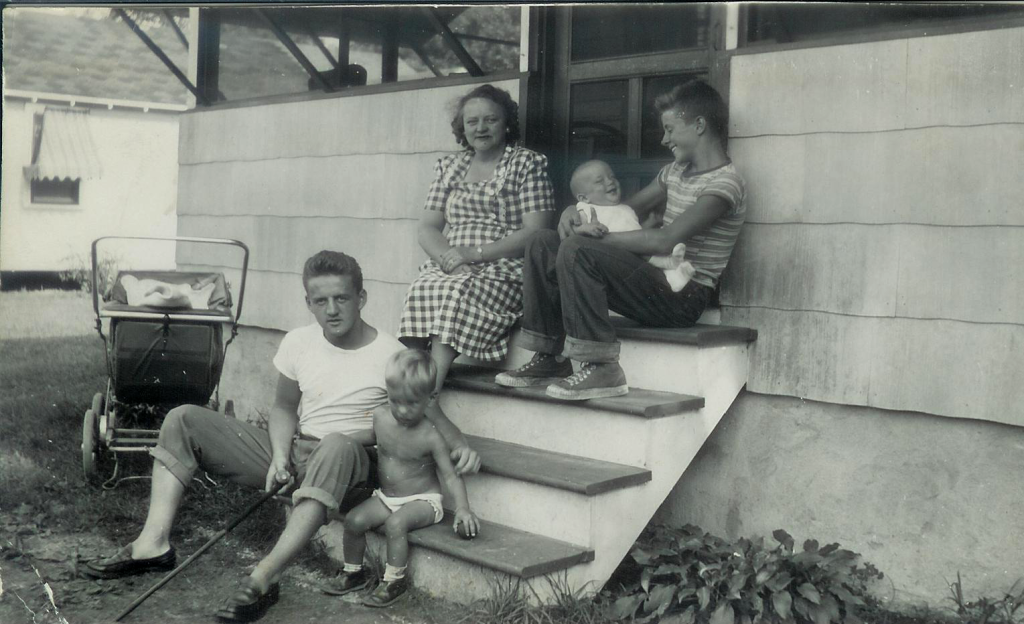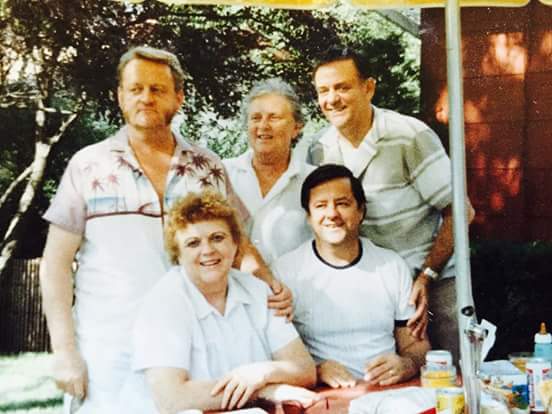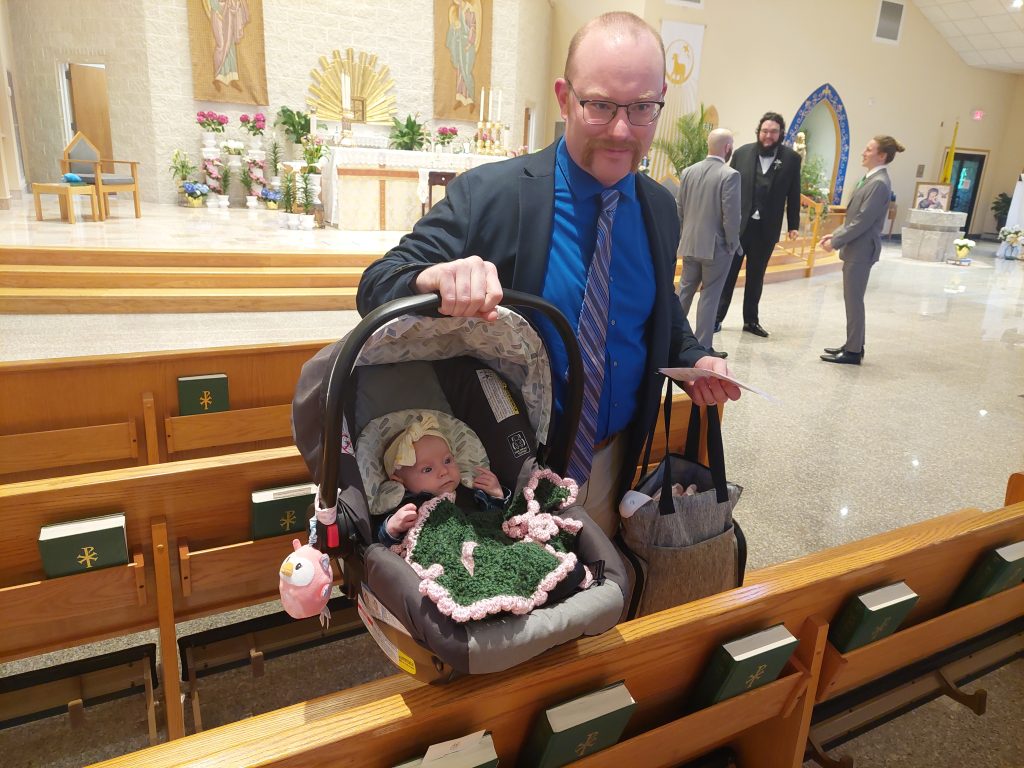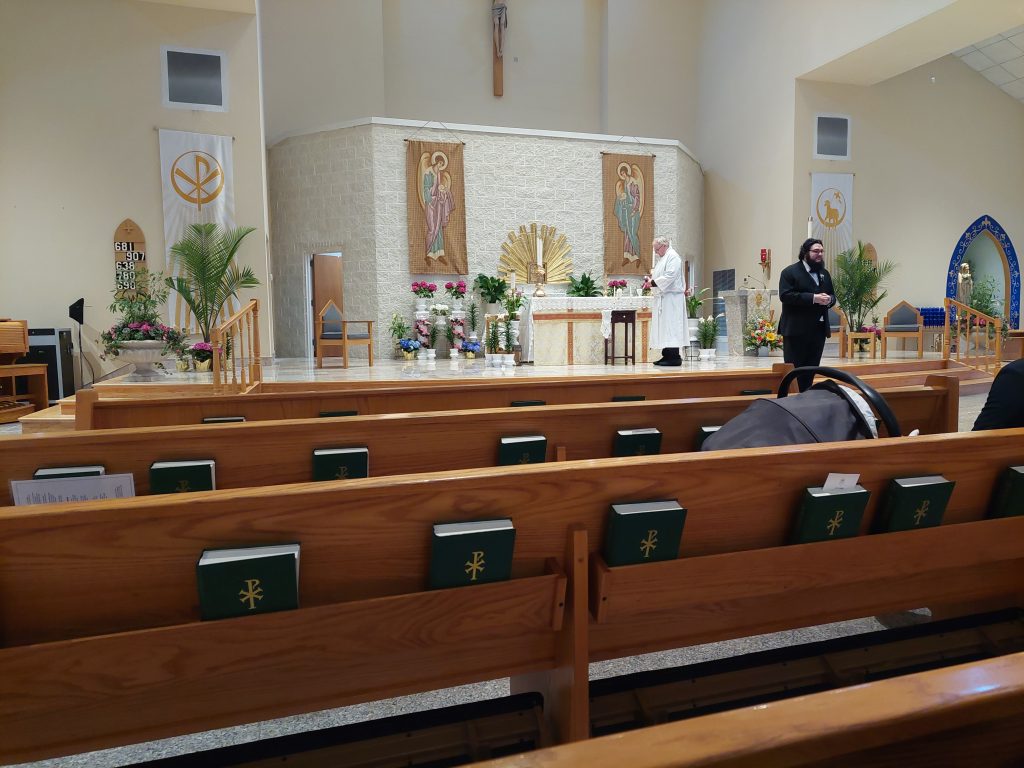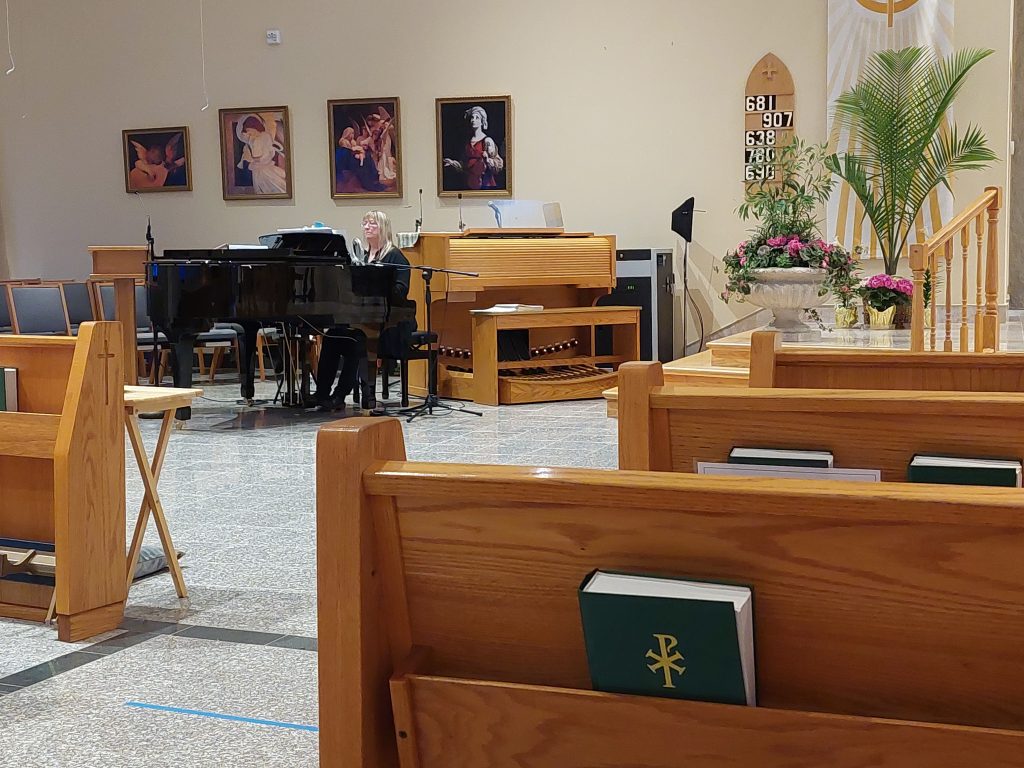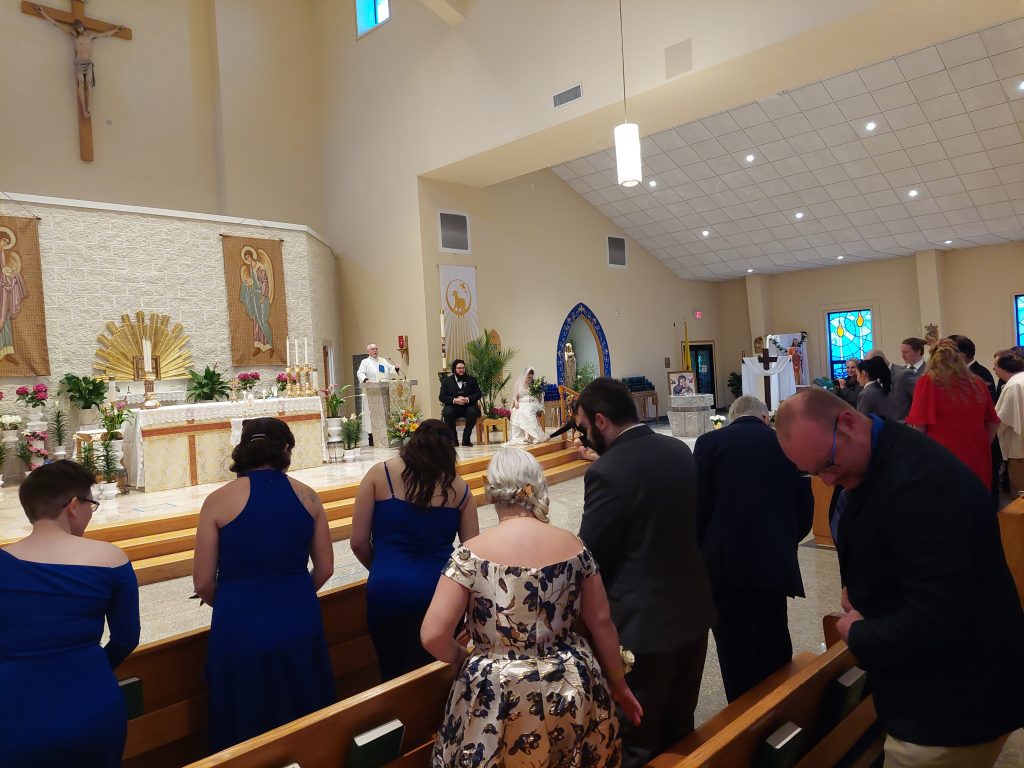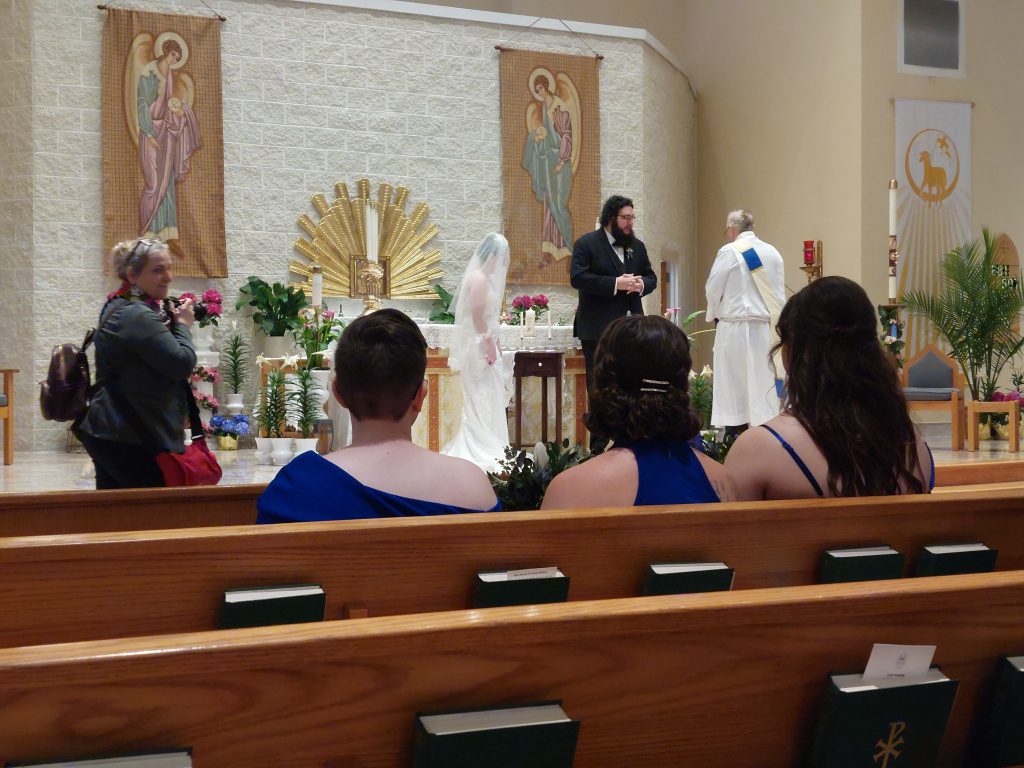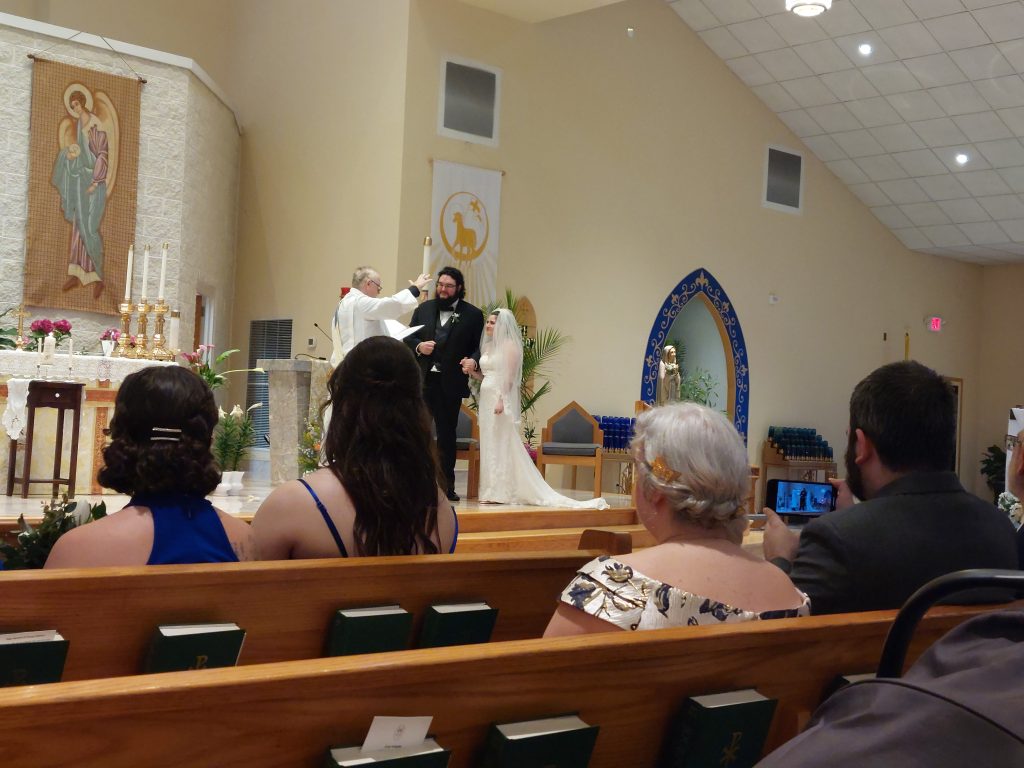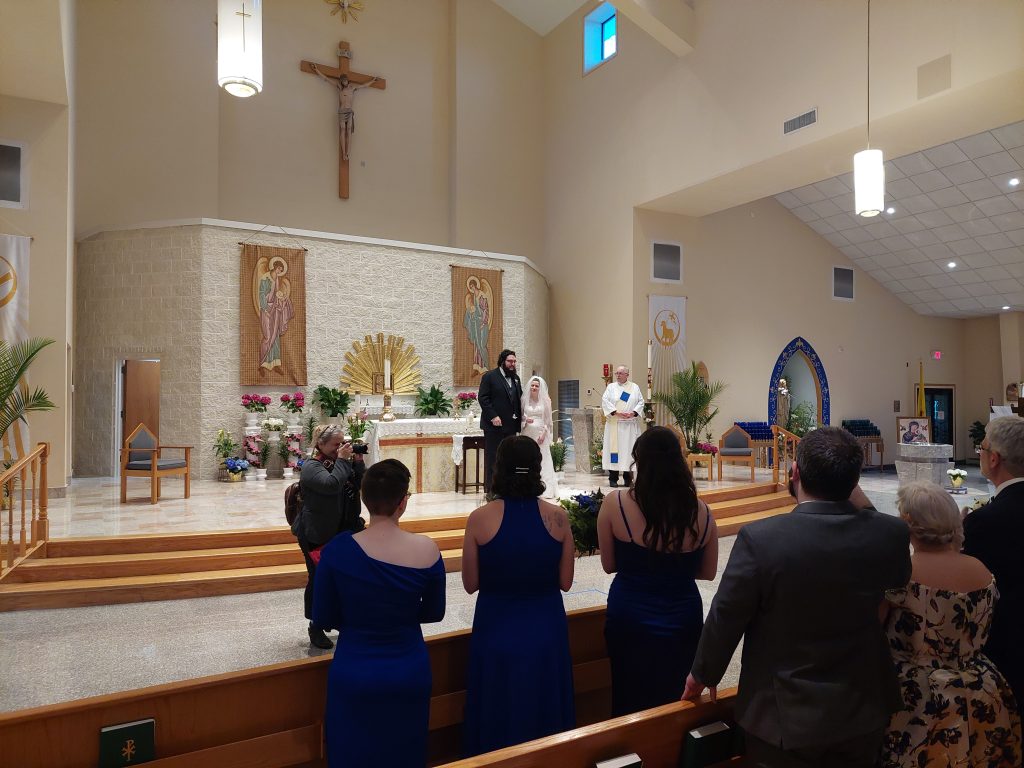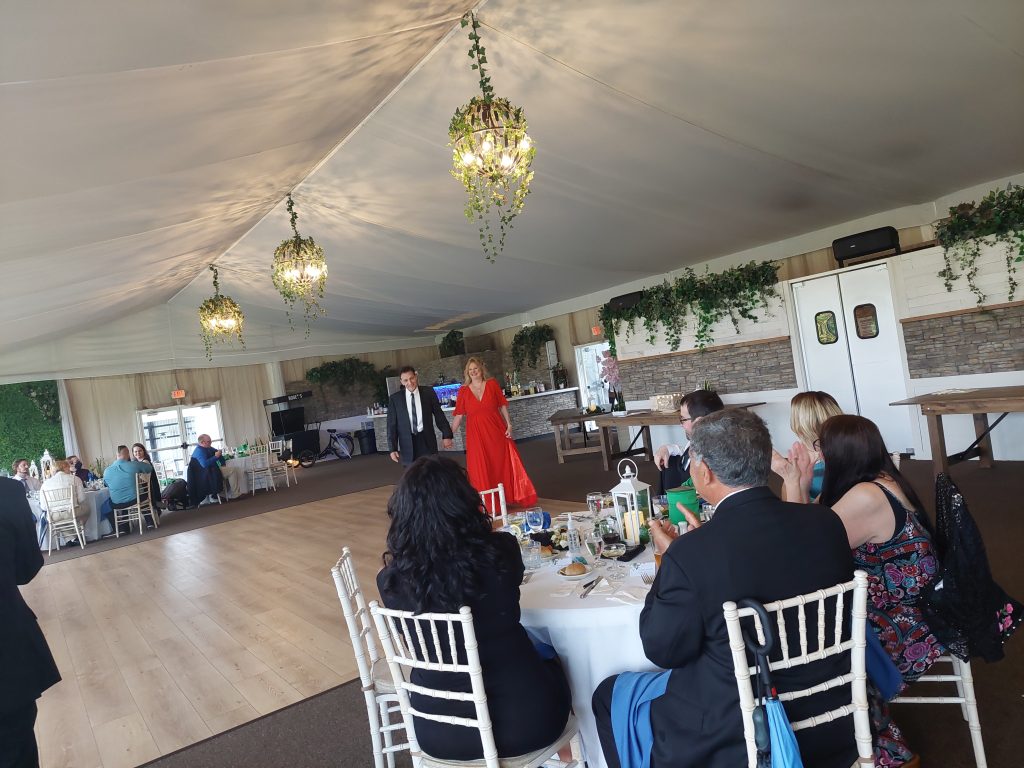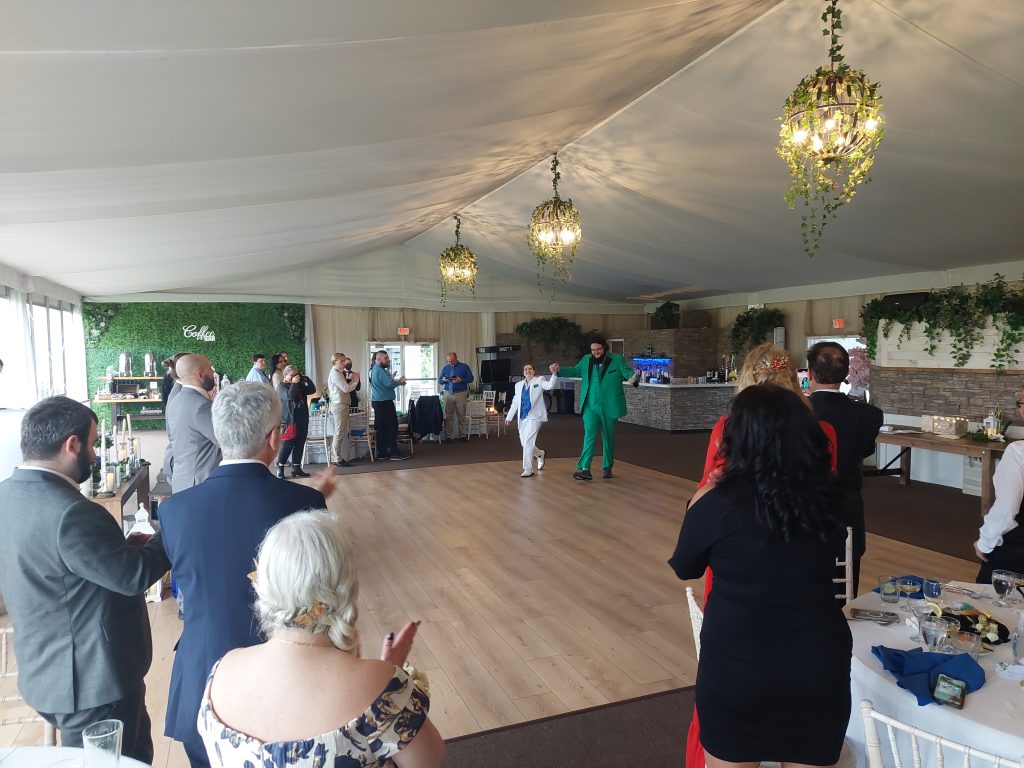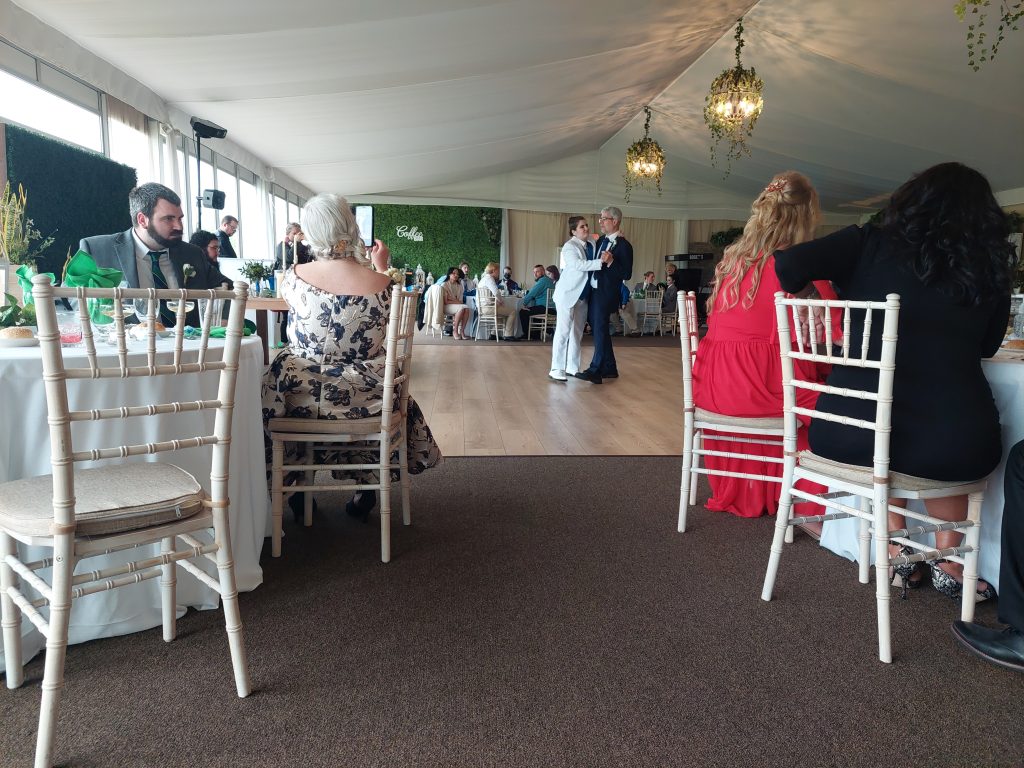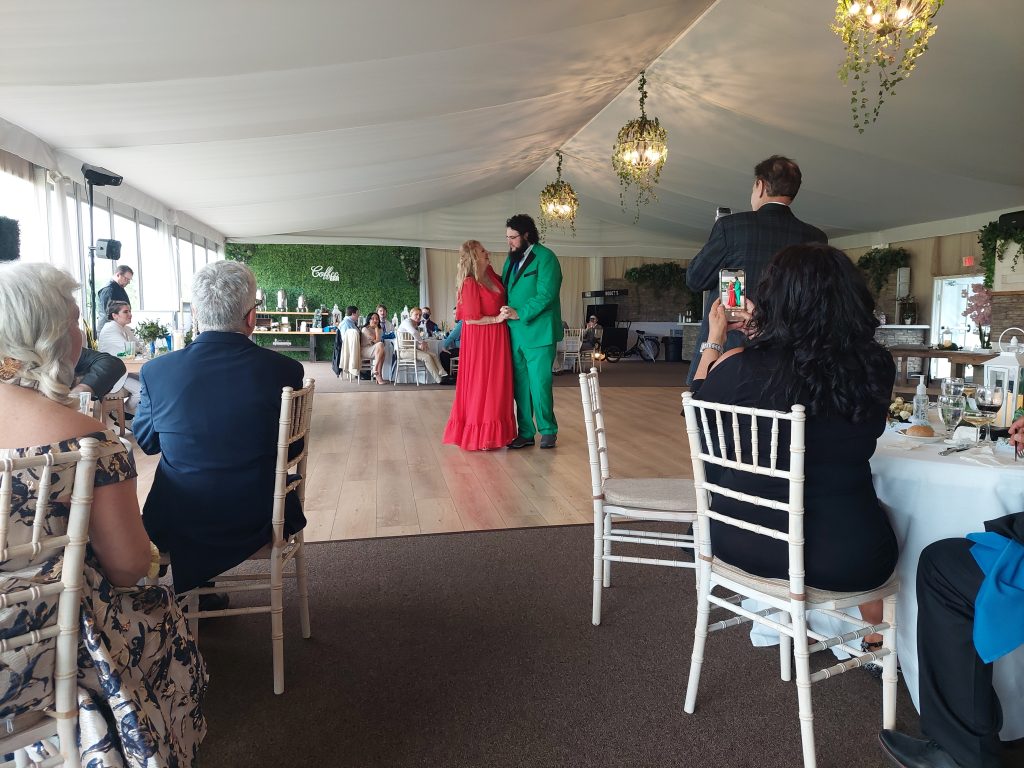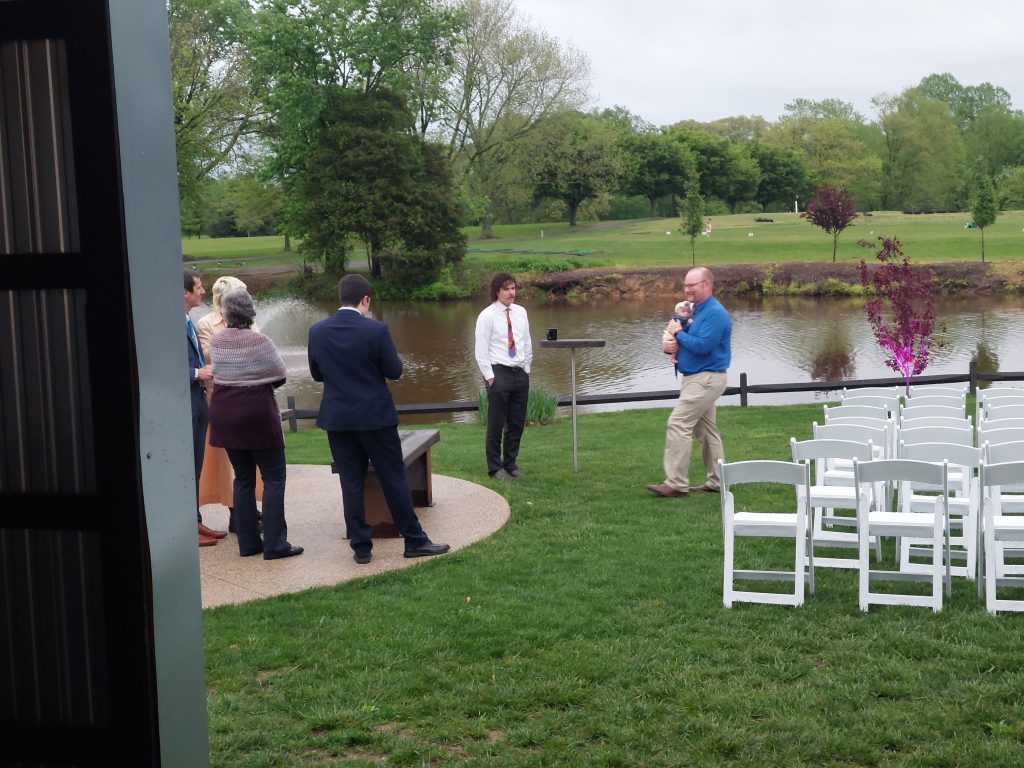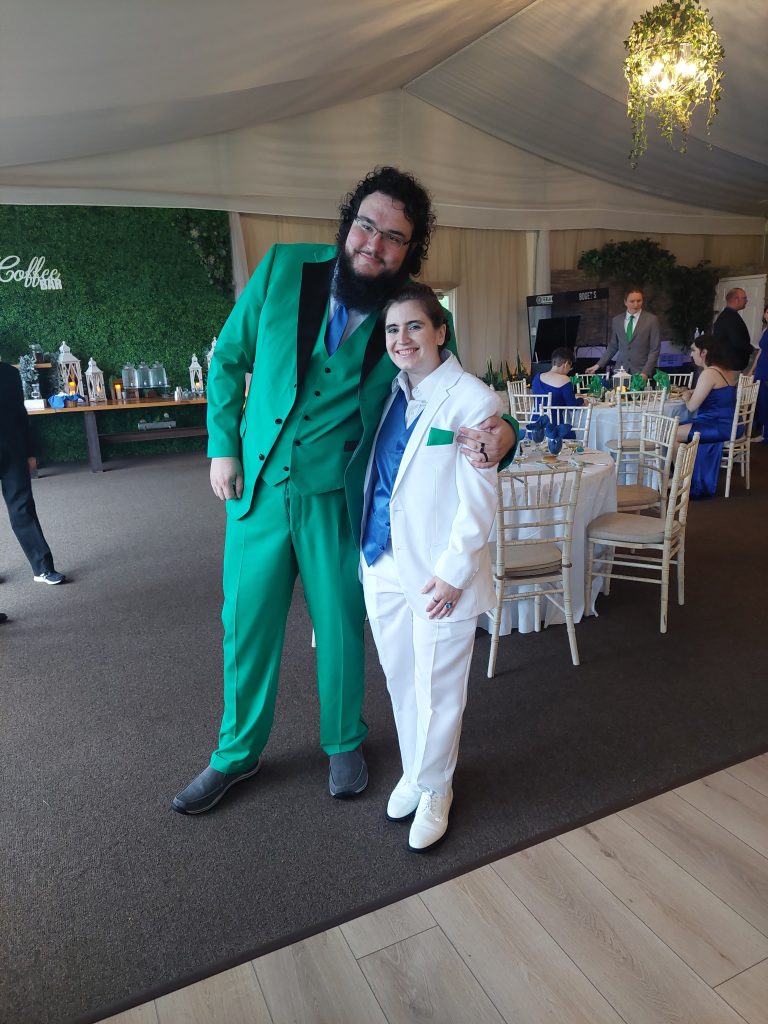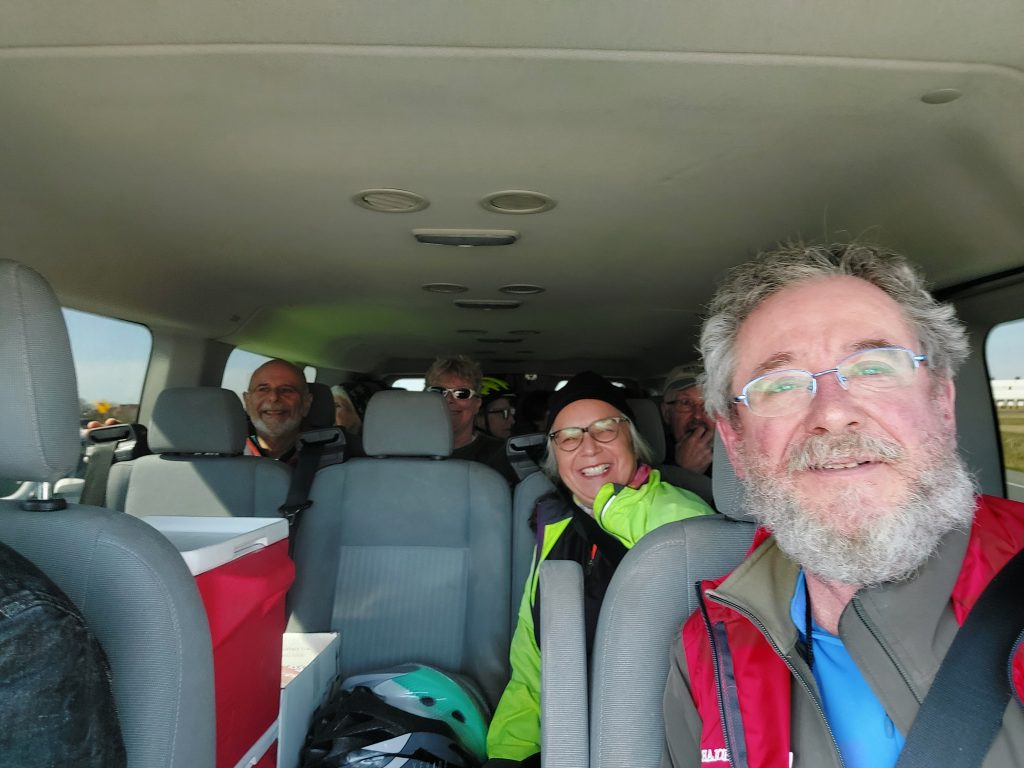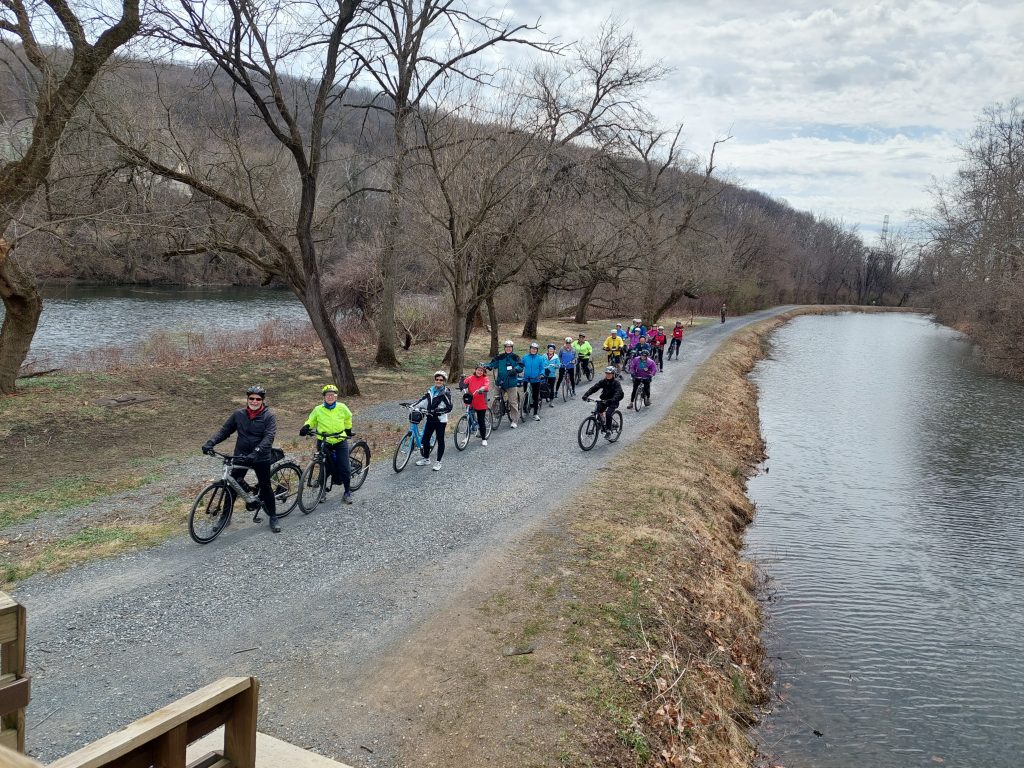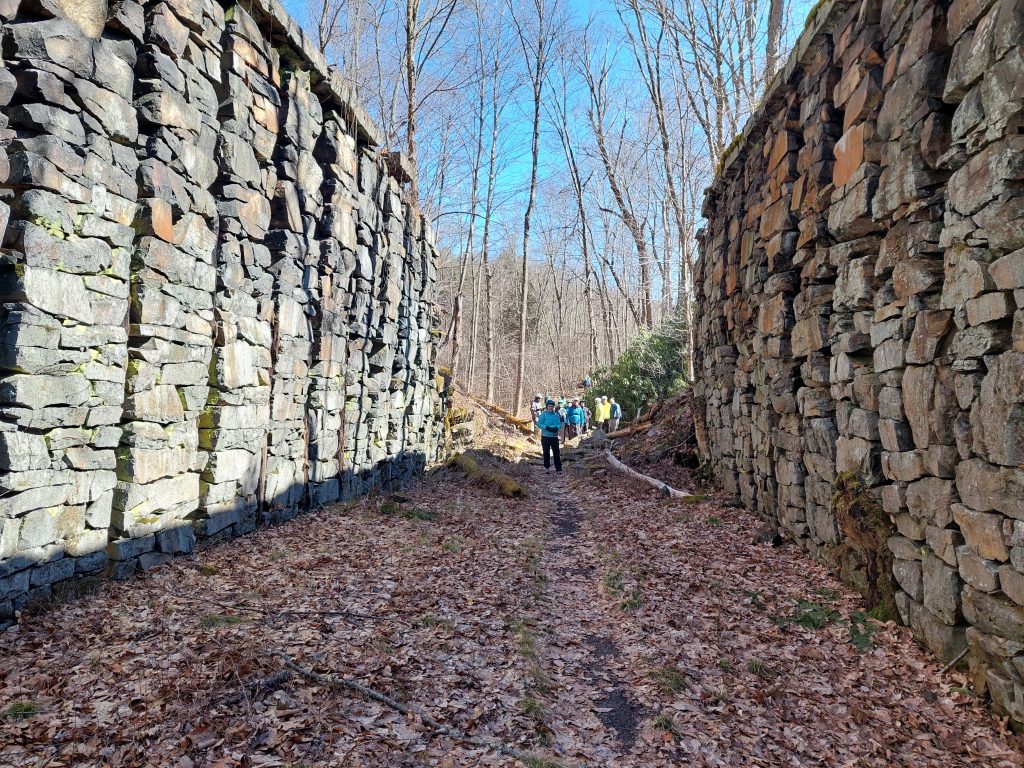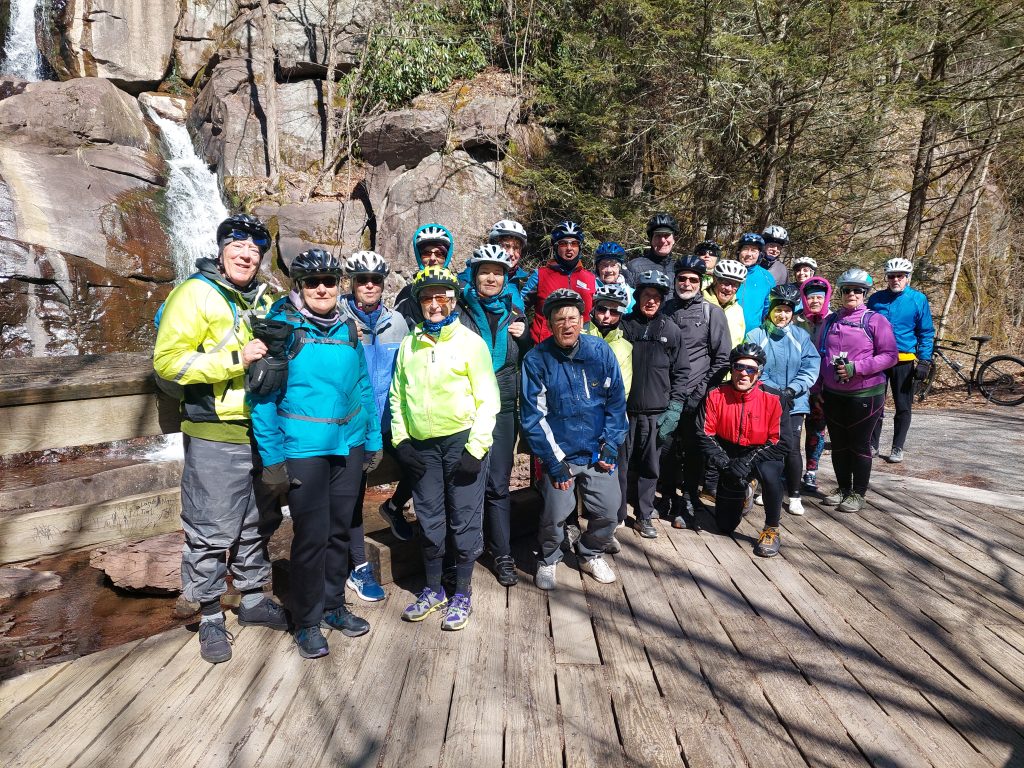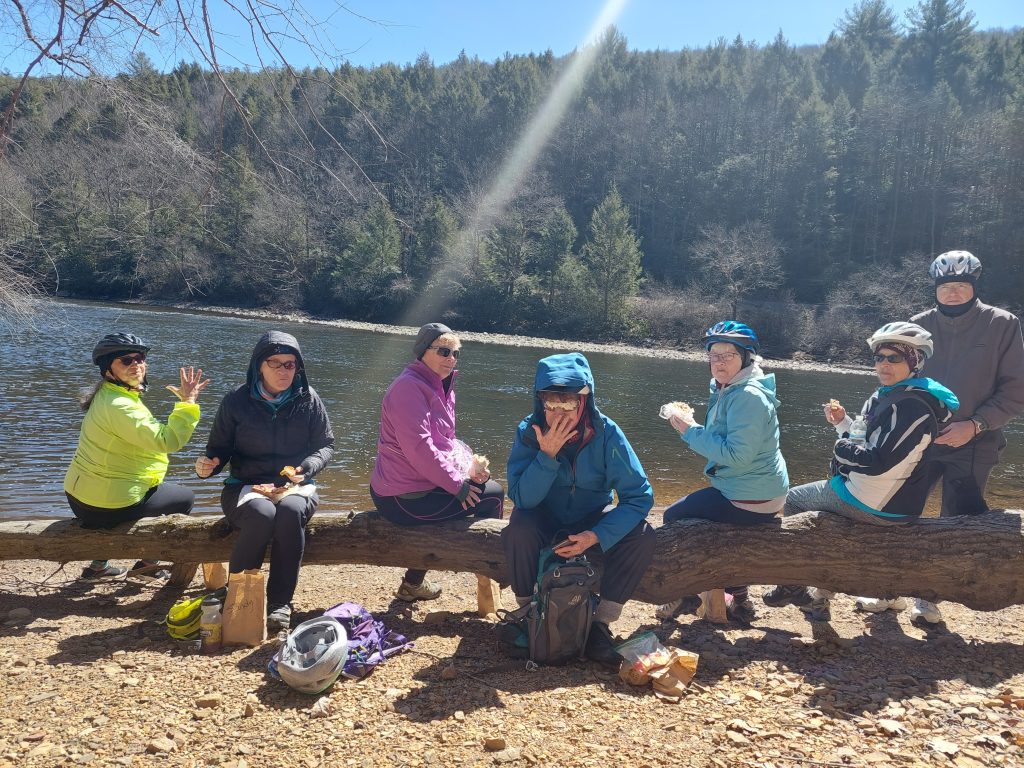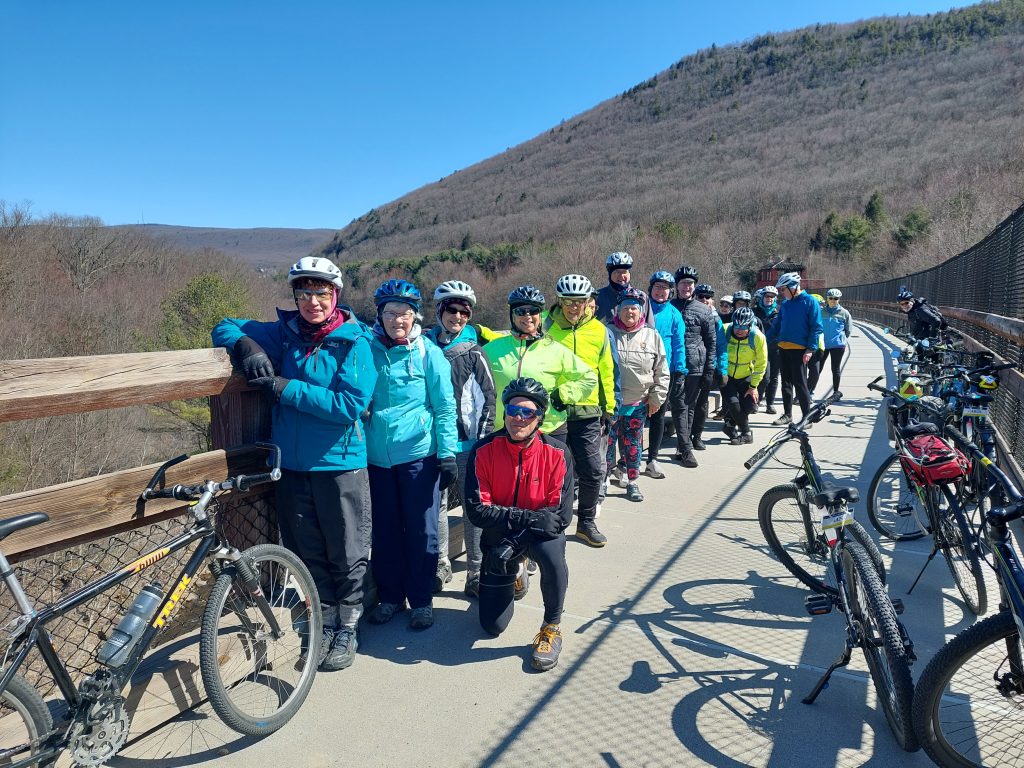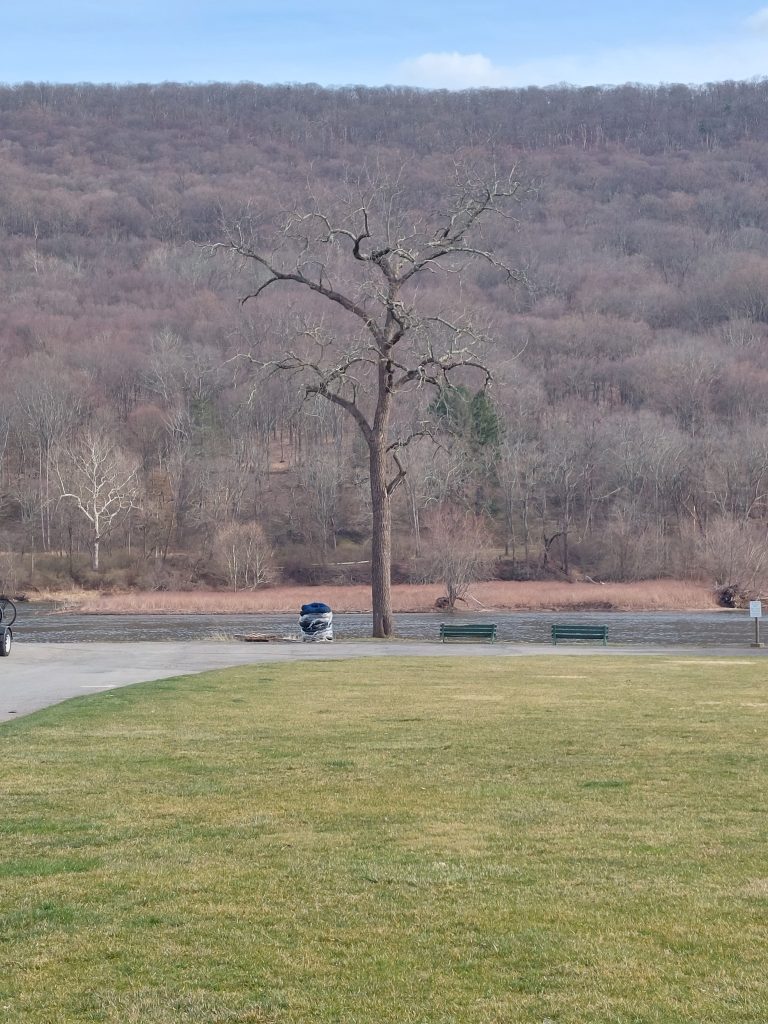I got out with Renee for a ride in Jim Thorpe on the 3rd. It was a bit disappointing (OK, that was an understatement — it was devastating) when we discovered that a lot of the area around the trailhead had been logged off. I wanted to do the Deer Path but it was literally gone, and we ended up doing the Uranium Road and the Pine Tar Trail. By and large the ride was fun, but it was hard to see what they’ve done to that place, especially right at the entrance. Some pictures:
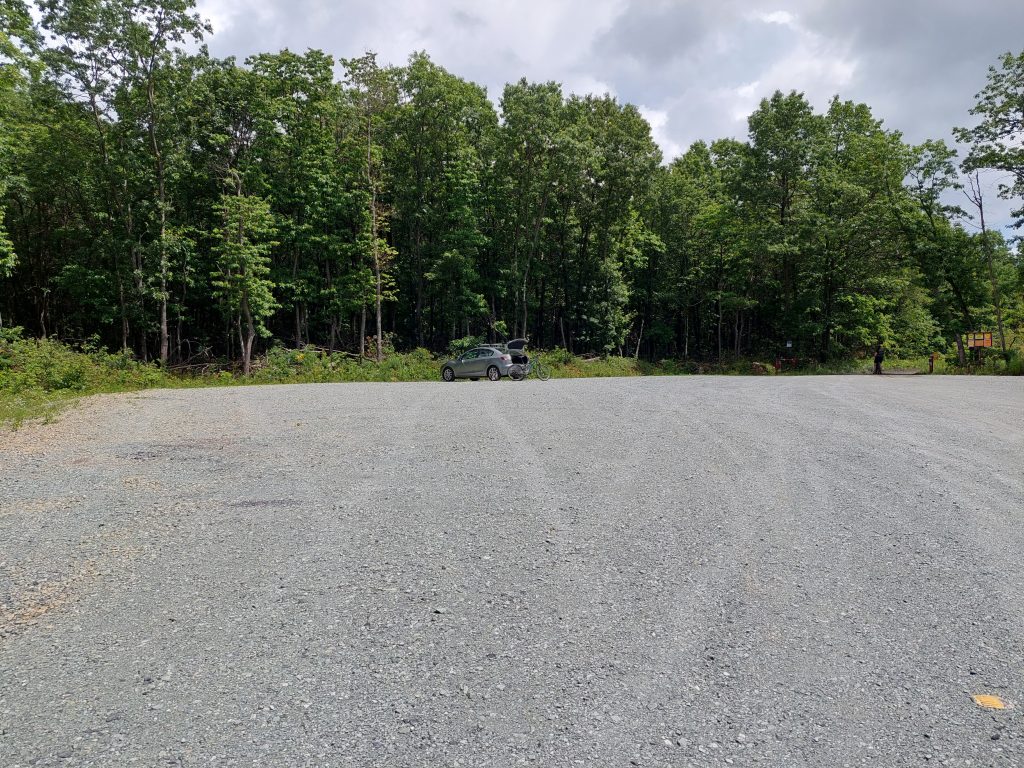
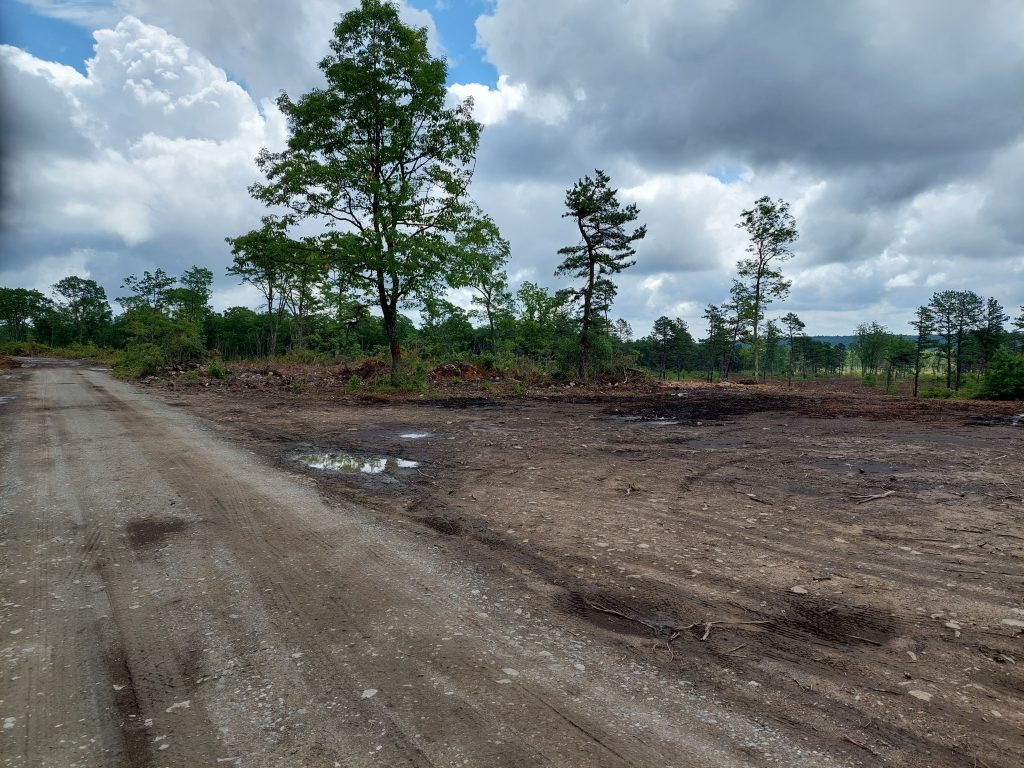
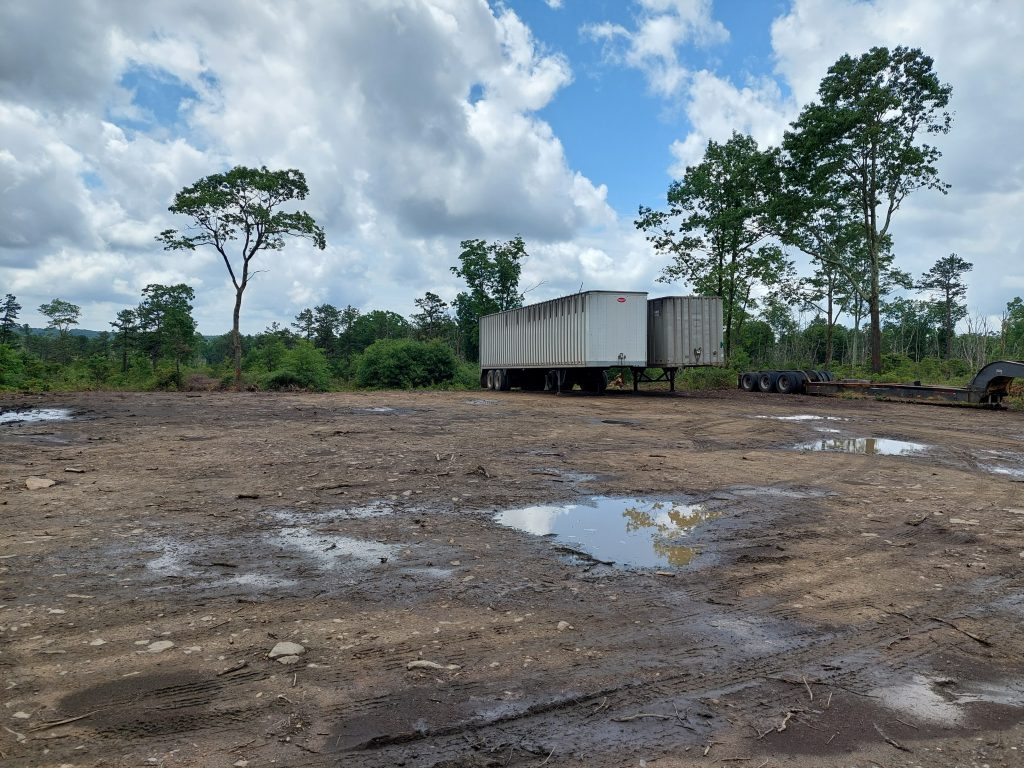
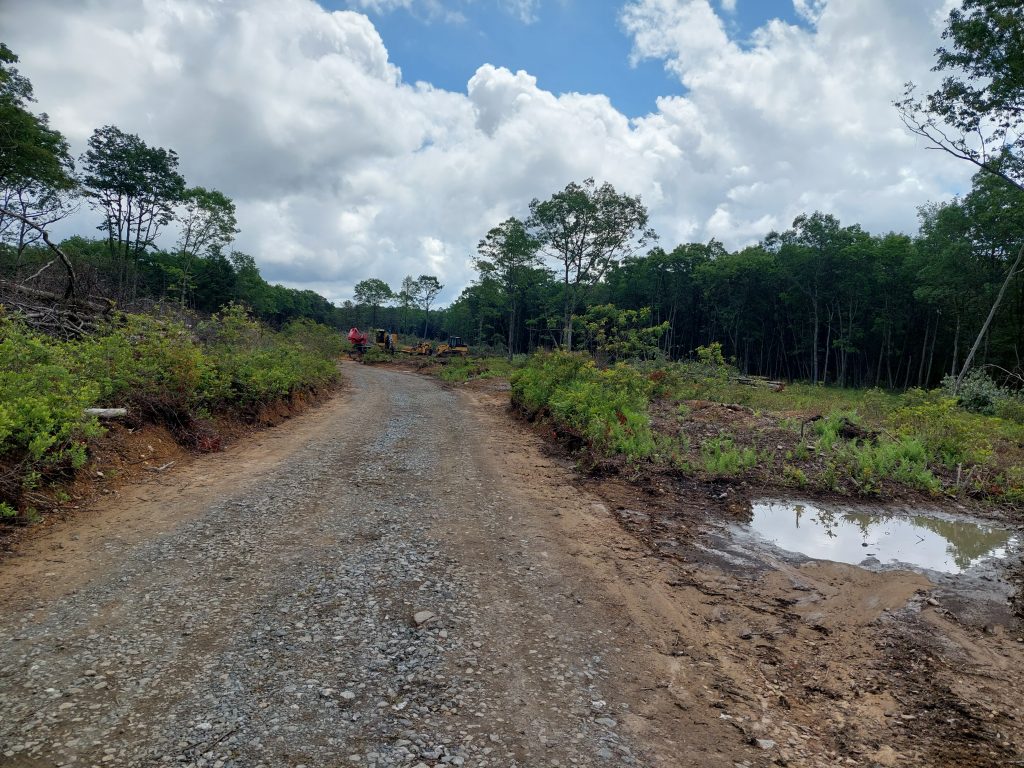




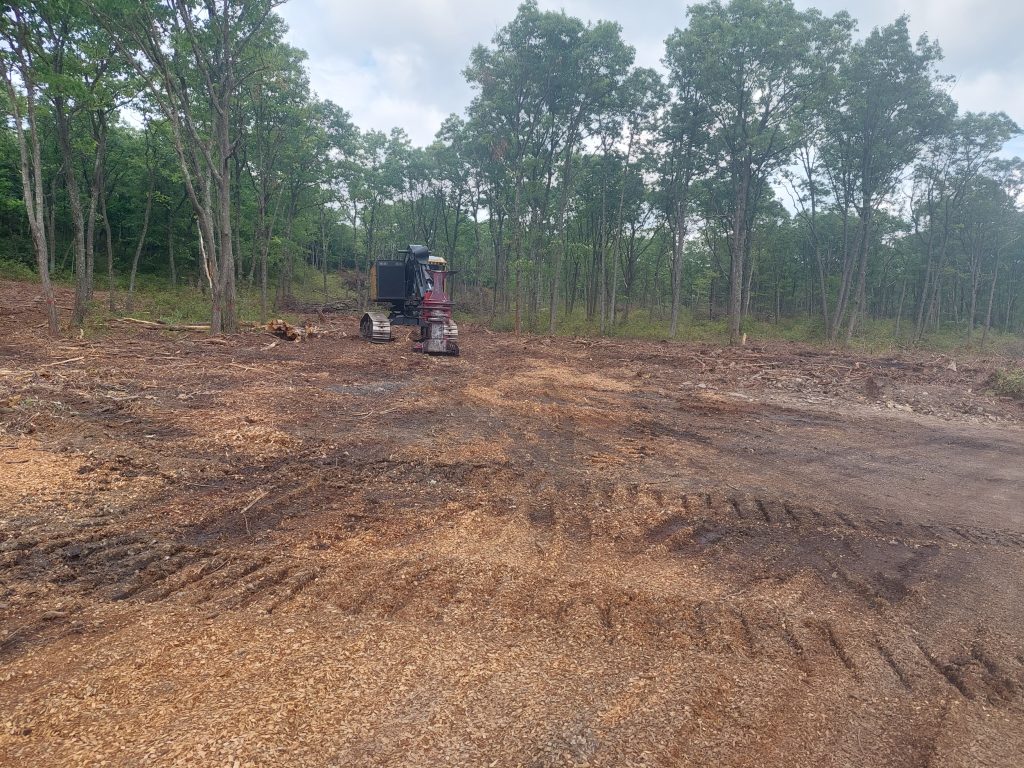
I did get to see some mountain laurel blossoms before they passed, but I could tell the main part of the season was long over. Maybe next year…
On the Fourth I went over to Greg & Judy’s to do their annual ride, a little mellower version than in previous years — which is good because I don’t think I could have handled one of those old-school rides… An awesome morning on the road bike through, with friends I just don’t see often enough. I didn’t stick around for the post-ride BBQ — I just came home, showered & napped, and then that night we watched the fireworks from our porch.
Doug and I did Jacobsburg in the heat yesterday, about 15 miles including some new rail-trail:
And Anne and I got out this morning and sneaked in a quick 25 miles before the rains came. Not a bad week!
It’s pouring now, on and off as storm cells blow through, and we’re just hanging out listening to jazz. Emmi & Kyle are coming over for dinner tonight (with Iris of course). Tomorrow is more rain.
